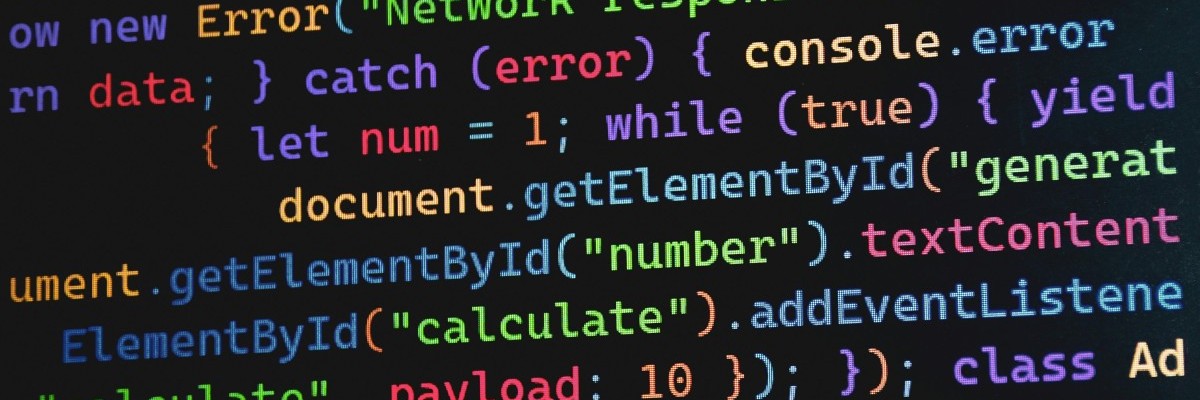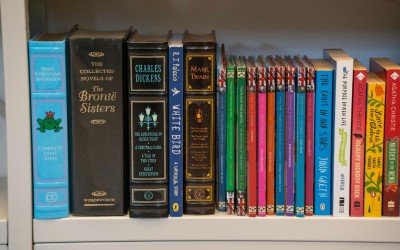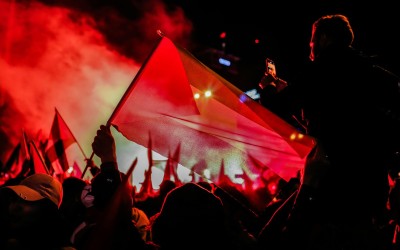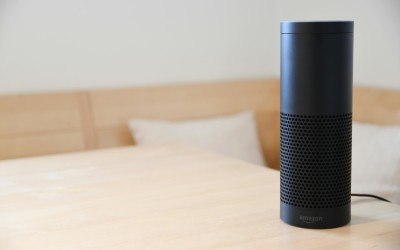In the rapidly evolving landscape of artificial intelligence (AI), one of the most captivating yet contentious developments is the attempt to imbue machines with creative capabilities. From generating artwork to composing symphonies, AI has ventured into domains traditionally reserved for human ingenuity. However, as AI becomes increasingly “creative,” its propensity to err also becomes apparent. This duality presents both an exciting frontier and a cautionary tale about the limitations and potential missteps of machine creativity.
The Promise of AI Creativity.
AI creativity, at its core, seeks to mimic or even enhance human creative processes. This includes generating new ideas, solving complex problems, and creating aesthetic works. The promise of AI in creative fields is substantial. It holds the potential to democratize creativity, allowing more people to engage with and access creative tools. For instance, AI-powered design software can enable individuals with limited artistic skills to produce professional-quality graphic designs. Similarly, AI-driven music composition tools can assist budding musicians in crafting songs without extensive training.
Moreover, AI’s ability to process vast datasets allows it to identify patterns and trends that might elude human observers. This capability could lead to innovative solutions in fields such as architecture, fashion, and even literature. For example, AI algorithms can analyze millions of architectural designs to suggest novel structural solutions that optimize both form and function.
The Mechanics Behind AI Creativity.
Before delving into the pitfalls, it is important to understand how AI achieves its version of creativity. Most creative AI systems rely on machine learning, particularly neural networks. These networks are trained on extensive datasets to recognize patterns and generate outputs that mimic their training data. Generative Adversarial Networks (GANs) are a popular architecture used in creative applications. They consist of two neural networks—the generator and the discriminator—that work in tandem to create and refine outputs, such as images or music.
While these systems are powerful, they are not truly “creative” in the human sense. AI lacks consciousness, emotion, and intent—qualities that fundamentally underpin human creativity. Instead, AI creativity is a result of statistical analysis and pattern recognition, which, while impressive, limits its scope and depth.
Where AI Gets It Wrong.
Despite the promising potential, AI’s creative endeavors are fraught with challenges and imperfections. One of the most notable issues is the tendency for AI to generate outputs that are technically correct but contextually inappropriate or nonsensical. This is often due to a lack of understanding of the nuanced cultural, emotional, and contextual factors that influence human creativity.
Misinterpretation of Context.
AI systems can struggle with context, leading to outputs that are out of place or insensitive. For instance, AI-generated text might inadvertently produce offensive or culturally inappropriate content because it fails to grasp the subtleties of language and cultural references. This was evident in early iterations of AI chatbots and automated writing tools, which sometimes generated responses that were tone-deaf or even harmful.
Lack of Originality.
Although AI can create novel combinations of existing ideas, it often falls short of true originality. AI-generated art or music may be technically proficient, but it frequently lacks the originality and emotional depth that characterize human-created works. This limitation arises because AI is fundamentally derivative; it reconfigures existing data rather than creating something entirely new from scratch.
Ethical Dilemmas.
The use of AI in creative fields also raises ethical concerns. For instance, AI-generated art has sparked debates about authorship and intellectual property. If an AI system creates a painting, who owns the copyright? The developer, the user, or the AI itself? Such questions are increasingly relevant as AI-generated works gain popularity and commercial value.
Case Studies of AI Missteps.
Examining specific instances where AI creativity went awry provides insight into the challenges and limitations of this technology.
AI Art Competitions.
In recent years, AI-generated art has been submitted to and even won art competitions, much to the chagrin of human artists. However, controversy arises when AI art is judged against human creations without recognizing the fundamental differences in their origin. In some cases, AI-generated art has been accused of plagiarizing existing works or failing to meet the thematic and emotional depth required by the competition guidelines.
Misinformation in AI-Generated Text.
AI systems like GPT-3 have been used to generate articles and other textual content. While these systems can produce coherent and grammatically correct prose, they are prone to fabricating information. This is particularly problematic in journalism, where accuracy is paramount. Instances of AI-generated fake news highlight the dangers of relying on AI for content creation without human oversight.
Striking a Balance.
To harness the potential of AI creativity while mitigating its pitfalls, a balanced approach is essential. This involves integrating human oversight and intervention in AI creative processes. Human-AI collaboration can enhance creative outputs, combining the strengths of AI’s data processing capabilities with human intuition and emotional insight.
Human-AI Collaboration.
In fields like music and visual arts, AI can serve as a tool to augment human creativity. For instance, musicians can use AI-generated melodies as a starting point for composition, adding their personal touch and emotional expression. Similarly, artists can use AI to explore new styles or techniques, blending AI-generated elements with their unique vision.
Ethical and Regulatory Frameworks.
Establishing ethical guidelines and regulatory frameworks is crucial to address the challenges posed by AI creativity. These frameworks should cover issues of authorship, copyright, and the ethical use of AI in creative endeavors. By providing clear guidelines, stakeholders can navigate the complex landscape of AI-generated content responsibly.
The Future of AI Creativity.
Looking ahead, the future of AI creativity is both promising and uncertain. As technology advances, AI systems will likely become more sophisticated, potentially overcoming some of their current limitations. However, the fundamental distinction between machine-generated and human-created works will remain. Rather than seeking to replace human creativity, AI should be viewed as a complement—an innovative tool that expands the possibilities of creative expression.
In conclusion, while AI has made significant strides in creative domains, its limitations must be acknowledged. AI gets “creative” by synthesizing vast amounts of data, yet it often errs due to its lack of understanding of the human experience. By fostering a collaborative relationship between humans and AI, we can unlock new creative potentials while maintaining the depth and authenticity that only human creativity can provide. The journey of AI creativity is just beginning, and its trajectory will be shaped by how we choose to integrate and regulate this powerful technology.




